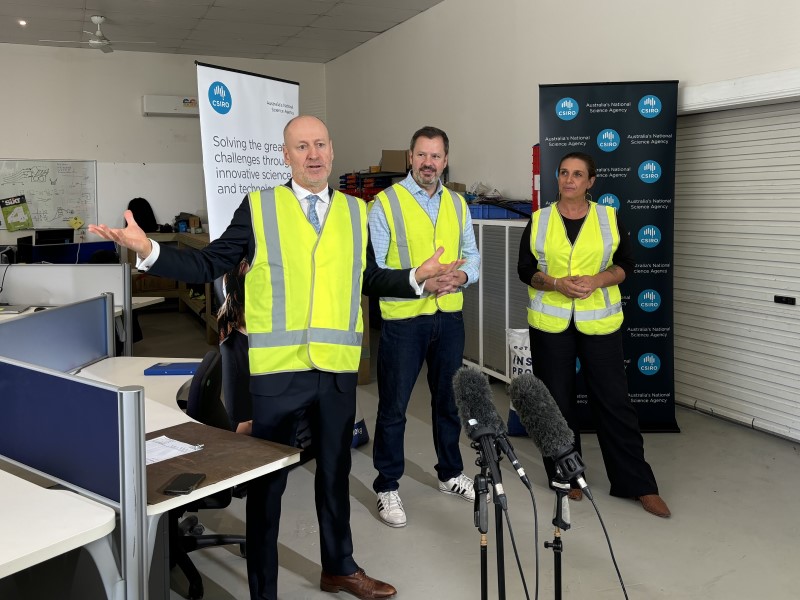An additional $20 million has been allocated to CSIRO’s SME Connect team to allow it to support the development of as many as 750 small to medium-sized businesses.
The funding, which comes out of the national science agency’s existing budget, will enable the delivery of SME support programs until June 2028.
Of the funding, $12 million will be dedicated to the popular Kick-Start program, which helps SMEs formulate and undertake research and development projects in collaboration with the agency’s scientists. It offers matched funding of between $10,000 and $50,000.
Most of the remaining funding will support the Innovate to Grow program — a free online SME training program targeting priority industries, enabling CISRO to support seven or eight cohorts of up to 25 businesses annually.

SME Connect Team lead Simon Hanson expects that about 600 SMEs will benefit from the additional rounds of the Innovate to Grow program, while around 150 will benefit from the boost to the Kick-Start program.
Since Kick-Start began in 2017, it has facilitated over 280 company-led R&D projects which now represent a market value of more than $2 billion. Last year, its eligible criteria was expanded to enable support for SMEs with annual turnovers of up to $10 million, rather than just $1.5 million.
Mr Hanson told InnovationAus.com that the Kick-Start team “fast fails” applications from businesses that are ineligble for the program to avoid wasting their time. The team then provide advice on next steps and referrals to more appropriate services.
Kick-Start alumni Goterra’s founder Olympia Yarger said that participation in the program had enabled the business to work in “key areas that we couldn’t find funding for, to pay for that next level of scientists”.
“You’re effectively able to tap into a resource that you can’t afford when you’re a young startup… we had some of the most incredibly and internationally renowned scientists working on our problems as a part of the program… and we raised a significant series round [of investment] after that first piece of work,” Ms Yarger said.
Speaking to reporters following the CSIRO’s announcement, Industry and Science minister Ed Husic said that by pairing pairing CSIRO up with industry initiatives, the programs demonstrate “huge value to the Australian economy”.
He argued that some businesses find it difficult to understand the benefits of R&D investment, but that CSIRO’s SME Connect Team, is helping “attend to those concerns”.
Mr Husic added that this should be “one of many different ways in which the CSIRO can work with business and industry”, acknowledging that it should have a role to play in any future whole-of-government R&D strategy.
He also clarified that Labor’s policy platform goal of wanting to push R&D investment in Australia closer to three per cent of GDP is not necessarily a target, “we were observing the fact that we do need to move to invest more in R&D”.
CSIRO chief executive Doug Hilton said that SMEs “are really the engine house of the Australian economy”, making up 99.8 per cent of businesses, contributing to more than half of GDP, and employing around 68 per cent of the private sector.
He also described SMEs as “the source of all of the income that allows us to be a really thriving liberal democracy”.
Do you know more? Contact James Riley via Email.

